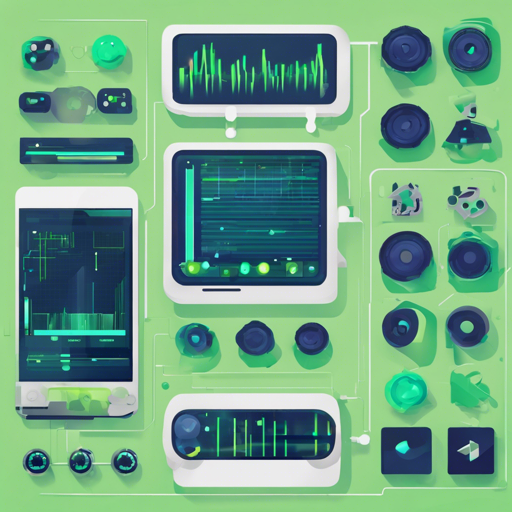Welcome to the fascinating world of audio development on Android! MWEngine is a powerful audio engine compatible with Android 4.1 and above, designed for developers who want to create captivating audio experiences. In this article, we’ll dive into how you can leverage MWEngine to create your own audio applications while also troubleshooting common issues. Let’s boogie!
Why Choose MWEngine?
MWEngine isn’t just any audio engine; it offers a musical context, allowing for the following capabilities:
- Tempo-based sequencing with support for alternative time signatures
- On-the-fly audio synthesis
- Multi-channel audio output
- Effect chains operating on individual input-output channels
- Sample playback with real-time pitch shifting
- Live recording and processing from your device’s inputs
- Bouncing output to WAV files, live or offline
Getting Started with MWEngine
Before we can start creating sound masterpieces, we need to set up your development environment.
Development Setup
You will need the following:
Additionally, ensure you have:
- Gradle for running build commands
- CMake to build the native layer
- SWIG to wrap native code for Java classes
If you are using Android Studio, it will help you install the necessary dependencies automatically after syncing the project.
Building the Project
Upon checking out the repository, you need to generate Java API files. Run the following command in the terminal:
./gradlew :mwengine:assembleAfter building, you can debug and develop your application while utilizing this audio engine in your code.
Understanding MWEngine with an Analogy
Imagine you are a chef in a bustling kitchen where every dish is a delicious audio experience. MWEngine is like a well-stocked pantry in this kitchen. Each tool and ingredient (feature)—from tempo-based sequencing to live audio processing—is readily available for you to craft your perfect dish (audio app). Just as a chef can combine these ingredients in various ways to create unique flavors, you as a developer can create diverse audio experiences by mixing and matching the features offered by MWEngine!
Troubleshooting Common Issues
While setting up or using MWEngine, you may encounter some hiccups. Here are some troubleshooting tips:
- If the library doesn’t build, ensure you are using the correct versions of the Android NDK and SDK.
- For unresolved dependencies, double-check your
build.gradlefile for correct entries. - If you face issues during runtime, verify that your device is compatible with the required architectures.
- Refer to the Troubleshooting Wiki page for more in-depth guidance.
- If all else fails, report bugs or request features through the Issue Tracker for community support.
For more insights, updates, or to collaborate on AI development projects, stay connected with **fxis.ai**.
Conclusion
At **fxis.ai**, we believe that such advancements are crucial for the future of AI, as they enable more comprehensive and effective solutions. Our team is continually exploring new methodologies to push the envelope in artificial intelligence, ensuring that our clients benefit from the latest technological innovations.
Now that you have a good overview of MWEngine and how to get started, there’s no limit to the musical possibilities you can create!

